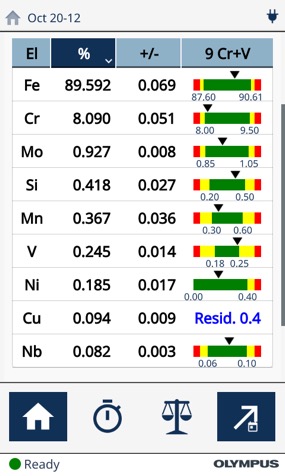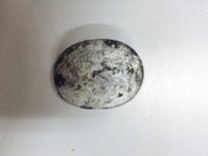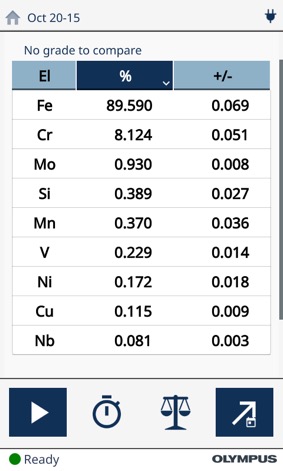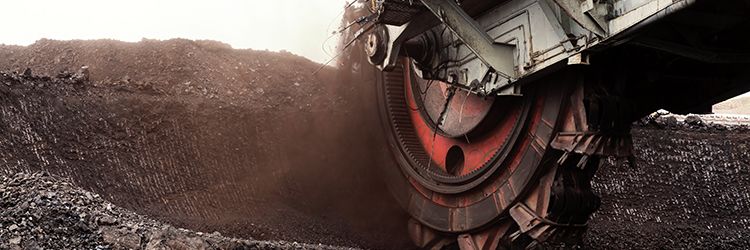Steel, aluminum, and other metal alloys are essential to manufacturing a wide variety of products from small drones to high-speed trains, airplanes, buildings, and bridges. Steel is still the highest produced alloy, with more than 4 million tons of steel produced per week, followed by aluminum.
Metal manufacturers are continuously looking for ways to improve the metal production process to compete with reduced metal prices and make their operations more profitable. Advanced inspection technologies help streamline the metal manufacturing process by increasing productivity and reducing cost at each step of the process.
Finding and procuring the raw materials
Prospecting companies search for new sources of iron, aluminum, and other base metals. Vanta™ XRF analyzers help geologists vector toward deposits by providing real-time geochemical data for rapid multielement characterization of soils, rocks, and ores.

This analysis shows metal during the smelting process that is still contaminated with impurities; analysis time 5 seconds
Once deposits are located, they’re mined. At this stage, portable X-ray fluorescence (XRF) and X-ray diffraction (XRD) analyzers are used to help determine the grade. Metallurgists use the data to determine the best method to concentrate the metal or refine the process to improve recovery and reduce mining costs.
Steel production
Once the ore is refined to a concentrate, it’s shipped to a smelter to make iron bars, metal sheets, or giblets. Metals are blended with carbon and silica to produce different types of metal slabs. Regularly analyzing the material chemistry of slag (core samples) enables the shift engineer to know the chemical content of the matte product and make decisions about what to do next.
XRF analyzers are used during the smelting process on cores samples (below) to check for impurities in steel, like phosphorus (P), silicon (Si), and manganese (Mn). Knowing the concentration of these and other impurities helps furnace operators quickly determine what to do next, reducing overheating costs and helping ensure quality when the shift is tapped, and the process is finished.

A core sample produced by a matte manager
After the ore is concentrated into pellets, it goes to different types of smelters to be formed into specialty alloys. Iron is blended with zinc, copper, carbon, silica, nickel, molybdenum, or cobalt to produce different types of alloys that serve more than 100 industries. During this process, XRF is used to track and monitor the product in the feed to anticipate tonnage after smelting.
To create multimetal alloys, highly refined elements are blended with iron at different ratios to produce stainless steel and other finer alloys. Core samples are taken to monitor this process, and XRF is increasingly useful in monitoring this blending to make sure that all of the elements are mixed in the correct ratio before pouring.
Once poured, inconsistent cooling can cause segregation in the alloys. This is why the alloy metal concentration is specified within certain tolerances and not as an absolute. XRF is used to monitor the final alloy product for quality control; any product that falls outside the set blend ratio is removed.

Metal and grade concentrations are shown after treatment where the desired alloy grade has been reached; analysis time 10 seconds
Recycling
Once iron and steel have been used, they’re recycled. Alloys sell for different prices on the recycling marked based on the different grades of steel and the amount of valuable metals in the bulk material. XRF is used at this stage to help determine the alloy grade a client is buying and selling to accurately determine its value.
With a fast return on investment, portable XRF and XRD analyzers are useful at every stage of metal’s lifecycle, from mining to production, to recycling.
Related Content
Handheld XRF for Soil Surveys: Geochemistry of Rock Outcrops, Soils, and Sediments
Using the Olympus Handheld XRF Analyzer in Metal Extraction Process Control
Scrap Recycling with XRF: Sort More, Sort Faster, and Increase Profits
Get In Touch

